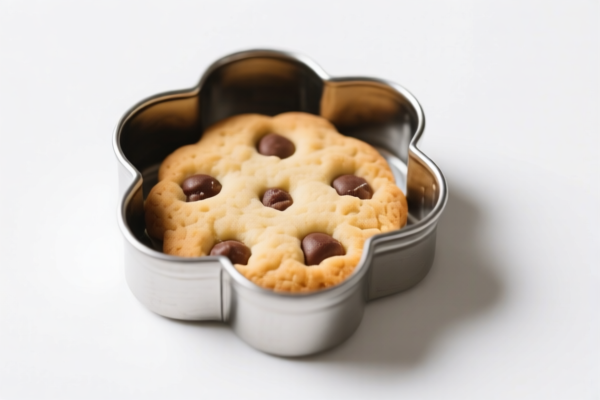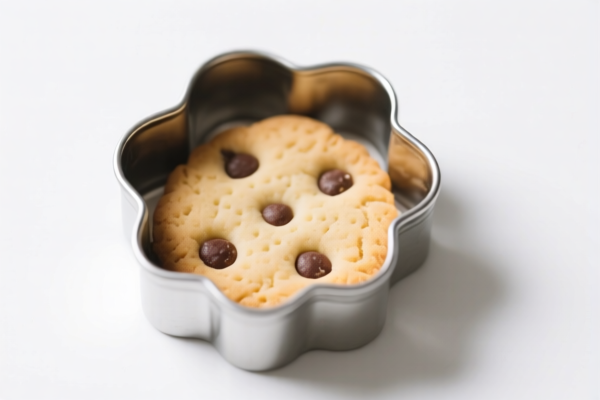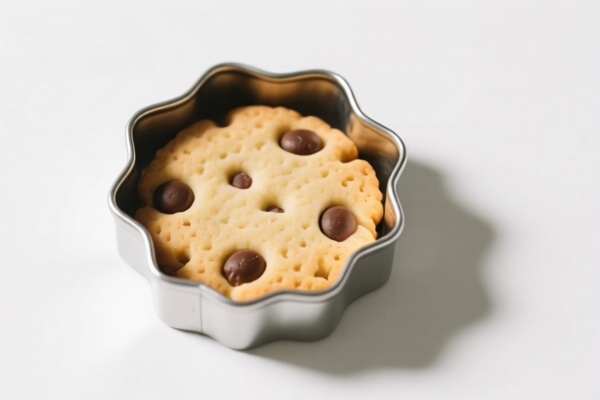| HS Code | Official Doc | Tariff Rate | Origin | Destination | Effective Date |
|---|---|---|---|---|---|
| 8210000000 | Doc | 58.7% | CN | US | 2025-05-12 |
| 7115906000 | Doc | 59.0% | CN | US | 2025-05-12 |
| 7115903000 | Doc | 58.9% | CN | US | 2025-05-12 |
| 9503000090 | Doc | 30.0% | CN | US | 2025-05-12 |
| 9503000071 | Doc | 30.0% | CN | US | 2025-05-12 |
| 9505906000 | Doc | 30.0% | CN | US | 2025-05-12 |
| 9505906000 | Doc | 30.0% | CN | US | 2025-05-12 |
| 3923300090 | Doc | 58.0% | CN | US | 2025-05-12 |
| 3923900080 | Doc | 58.0% | CN | US | 2025-05-12 |
| 3924104000 | Doc | 33.4% | CN | US | 2025-05-12 |
| 3924102000 | Doc | 44.0% | CN | US | 2025-05-12 |
| 7323997000 | Doc | 60.3% | CN | US | 2025-05-12 |
| 7323999030 | Doc | 83.4% | CN | US | 2025-05-12 |
| 7326908688 | Doc | 82.9% | CN | US | 2025-05-12 |
| 7326908688 | Doc | 82.9% | CN | US | 2025-05-12 |




Doughnut Mold
A doughnut mold, also commonly referred to as a doughnut pan or tray, is a bakeware tool designed for forming dough into the characteristic ring shape of doughnuts. These molds facilitate consistent shape and even cooking, particularly useful for homemade doughnuts.
Material
- Carbon Steel: The most common material, offering excellent heat conductivity and durability. Often pre-seasoned or requires seasoning before use to prevent sticking.
- Non-Stick Steel: Carbon steel with a non-stick coating for easier release of doughnuts. Requires less greasing but may be more susceptible to scratches.
- Silicone: Flexible and easy to clean, silicone molds come in various shapes and sizes. Generally require placement on a baking sheet for stability.
- Aluminum: Offers good heat distribution, though may be more prone to dents than carbon steel.
Purpose
The primary purpose of a doughnut mold is to provide a consistent form for doughnuts during baking or frying. This ensures uniform cooking and a professional appearance.
Function
Doughnut molds function by containing the dough as it rises and cooks, preventing it from spreading and maintaining the central hole. The shape of the mold defines the final shape of the doughnut.
Usage Scenarios
- Baked Doughnuts: Ideal for creating lighter, cake-style doughnuts. The mold supports the dough as it bakes in the oven.
- Fried Doughnuts: Some molds are designed for shaping dough before frying, though many fried doughnuts are traditionally cut with cutters.
- Mini Doughnuts: Smaller molds are available for producing bite-sized doughnuts.
- Homemade vs. Commercial Production: Used in both home kitchens and commercial bakeries.
Common Types
- Standard 12-Cup Molds: The most frequently encountered type, producing classic ring doughnuts.
- 6-Cup Molds: Smaller molds suitable for smaller batches or larger doughnuts.
- Mini Doughnut Molds: Produce approximately 2-inch doughnuts.
- Individual Doughnut Molds: Single-cavity molds for creating uniquely shaped or decorated doughnuts.
- Non-Stick Bundt-Style Molds: Bundt-style molds with doughnut-shaped cavities, often used for baked doughnuts.
- Silicone Molds (Various Shapes): Available in a wide range of shapes beyond the traditional ring, including hearts, stars, and characters.
Based on the material, use, and application scenarios, a doughnut mold is a tool used for shaping doughnuts, typically made of metal or plastic, and intended for food preparation.
The following HS codes may be relevant:
- 3923300090: This code covers articles for the conveyance or packing of goods, of plastics; stoppers, lids, caps and other closures, of plastics: Carboys, bottles, flasks and similar articles. While primarily for conveyance or packing, a plastic doughnut mold could fall under this classification. The tax rate is a base tariff of 3.0%, a 25.0% additional tariff, and a 30.0% additional tariff after April 2, 2025, resulting in a total tariff of 58.0%.
- 3924104000: This code covers tableware, kitchenware, other household articles and hygienic or toilet articles, of plastics: Tableware and kitchenware: Other. A plastic doughnut mold used in the kitchen for food preparation could be classified here. The tax rate is a base tariff of 3.4%, a 0.0% additional tariff, and a 30.0% additional tariff after April 2, 2025, resulting in a total tariff of 33.4%.
- 7323997000: This code covers table, kitchen or other household articles and parts thereof, of iron or steel; iron or steel wool; pot scourers and scouring or polishing pads, gloves and the like, of iron or steel: Other: Other: Not coated or plated with precious metal: Other: Cookingware. If the doughnut mold is made of iron or steel and used as cookingware, this code applies. The tax rate is a base tariff of 5.3%, a 0.0% additional tariff, and a 30.0% additional tariff after April 2, 2025, resulting in a total tariff of 60.3%.
- 7323999030: This code covers table, kitchen or other household articles and parts thereof, of iron or steel; iron or steel wool; pot scourers and scouring or polishing pads, gloves and the like, of iron or steel: Other: Other: Not coated or plated with precious metal: Other: Other Kitchen or tableware suitable for food or drink contact. If the doughnut mold is made of iron or steel and is suitable for food contact, this code applies. The tax rate is a base tariff of 3.4%, a 25.0% additional tariff, and a 30.0% additional tariff after April 2, 2025, plus a 25% additional tariff on steel/aluminum products, resulting in a total tariff of 83.4%.
- 7326908688: This code covers other articles of iron or steel: Other: Other: Other: Other. If the doughnut mold is made of iron or steel and doesn't fall into other specific categories, this code may apply. The tax rate is a base tariff of 2.9%, a 25.0% additional tariff, and a 30.0% additional tariff after April 2, 2025, plus a 25% additional tariff on steel/aluminum products, resulting in a total tariff of 82.9%.
Regarding HS codes 7323999030, 7326908688, please note the need to verify the material (steel or aluminum) and may require additional tariff considerations.
Customer Reviews
No reviews yet.